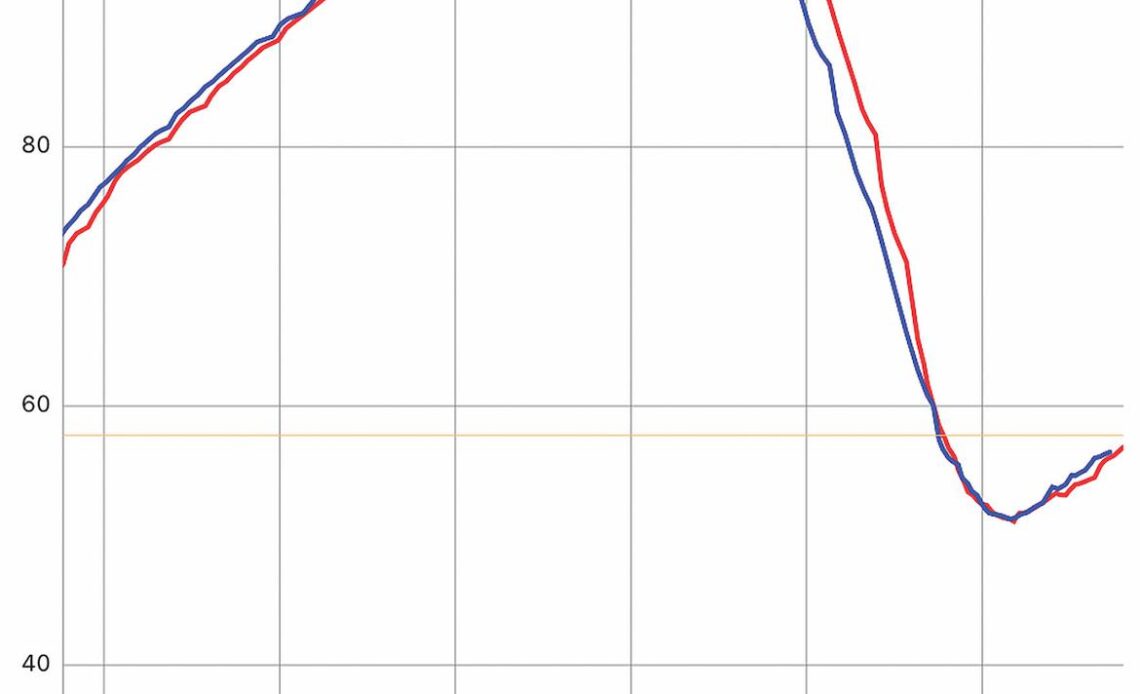A pearl of wisdom from Wilwood’s Michael Hamrick: “When I’m asking about what someone wants out of a brake system, I need to know how the chassis, suspension and tires are all working together.”
The role tires play is particularly important: No matter how good your brakes are, it’s ultimately those four contact patches and their interface with the pavement that …
So to slow that car for the corner, we have to shed 0.285kWh of kinetic energy–about 15 minutes of the power needed to keep our house cool and tunes cranked–and turn it into something else. Remember that energy can’t be created or destroyed; it can only be turned into some other type of energy.
We could turn it into sound or light, but those are fairly efficient forms of energy, so we’d have to produce a lot of them in a short time to reduce speed enough to make this corner. We certainly don’t want to blind or deafen everyone within the entire ZIP code.
So we need to convert that kinetic energy into something more manageable for this situation. How about heat? Brakes do that by using friction.
Tires really can affect braking performance. We collected these two data traces during a recent tire test, and both show the same car braking in the same corner–but on different tires. The additional grip of the tire tested in the red trace allowed for a steeper deceleration curve, meaning the car slowed at a greater rate.
Heat is quick and easy to produce, but it does mean we have to then deal with the excess thermal energy in and around the brakes before the materials become thermally overloaded. That’s a discussion for a different day, but you get the basic principles we’re working within.
Now, a very similar relationship is taking place at your four relatively tiny contact patches. Friction between the tire and the road produces heat that transfers the kinetic energy out of the car, but many more complex operations are happening, too.
A tire’s relationship with the road plays out on a nearly microscopic level. Elastic deformation within the tread surface pulls and stretches the rubber to make more complete contact with the pavement’s countless tiny surface features. Every bit of deformation creates interference between the two that allows the tire to grip the road.
Very generally speaking, that’s why a softer tire has more grip than a harder…
Click Here to Read the Full Original Article at Grassroots Motorsports Online Articles…

